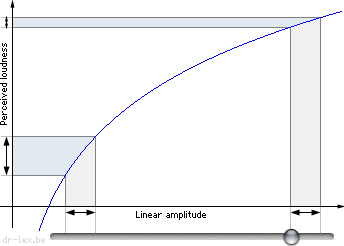There is a amazing lack of clarity in the way in which this sort of information is taught. It has often led me to believe that many Instructors don't really understand it themselves.
I wonder about that as well, and when I saw this comment I had a bit of a quirky thought that I would like to toss out.
I have been mystified by the many posts in various threads by instructors who say that they can't teach decompression theory without teaching tables as well. It mystifies me because I have never taught decompression theory in conjunction with tables and don't understand why it is a necessity. I always taught decompression theory as a concept right near the beginning of the first class. Later in the class I show them how tables guide us through the decompression process.
I am now wondering if teaching decompression theory along with tables actually interferes with teaching decompression theory. When you teach both of them together, it is a lot for students to learn all at once, and I wonder if they aren't really focusing on the mechanical process of following the table guidelines to the point that they are missing the theory that lies behind them.
I further wonder, in the context of the remark above, if the people who say they can't teach decompression theory without tables understand it well enough to teach it by itself. If they have been doing the two together long enough, they may have forgotten key concepts themselves. (BTW, decompression theory, at least to this level of understanding, is required for both the DM and Instructor certifications in PADI, and I assume other agencies as well.)







